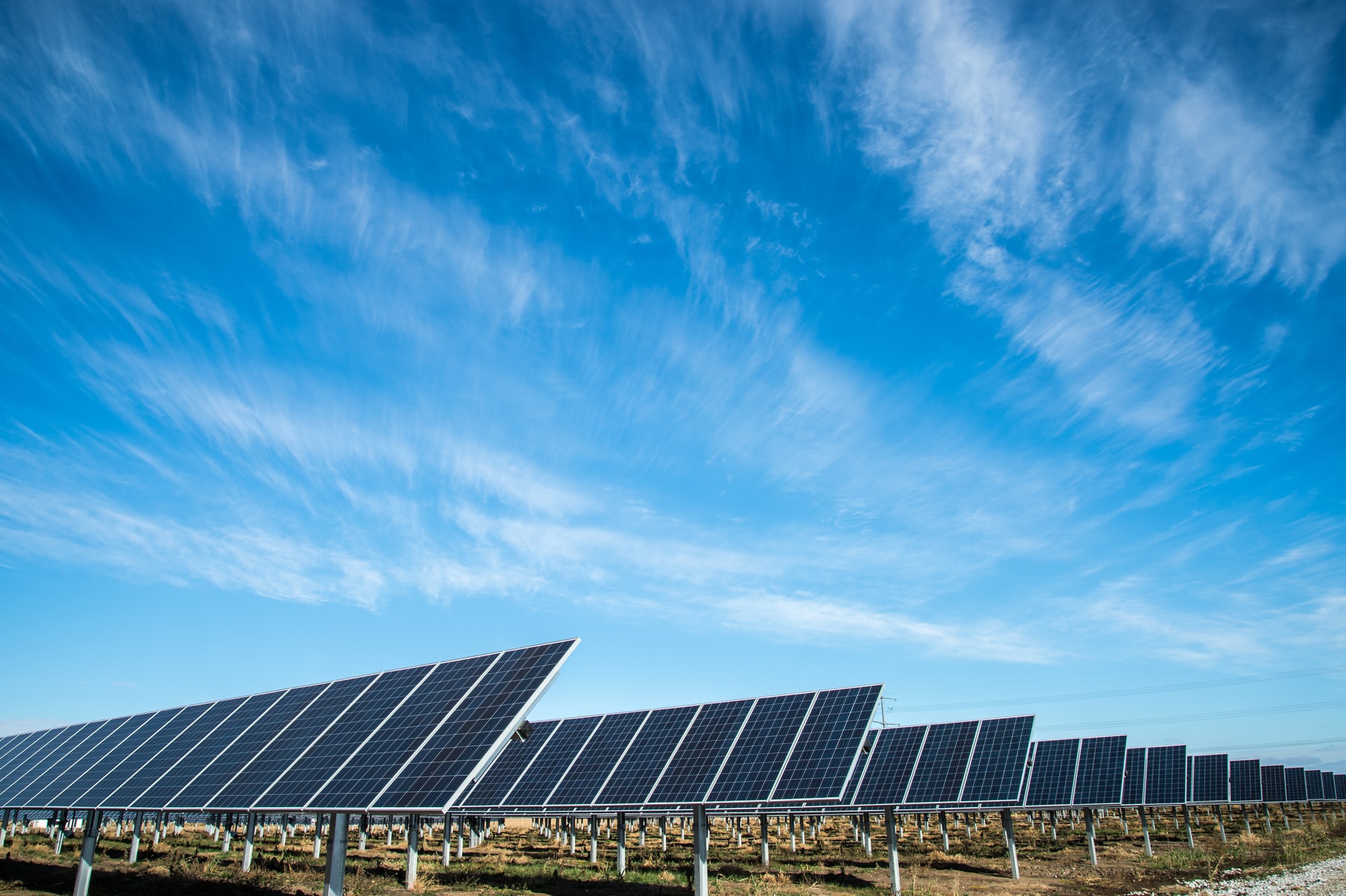The government of Malta has extended the 2019 photovoltaic (PV) Grant Scheme to further help the country meet its targeted renewable energy use. The scheme was initially launched to install around 190MW of PV capacity in the country by 2020. Under the scheme, consumers can expect to get a refund of up to 50% or a maximum of US $3550 of the total cost of installing PV panels.
According to Sabrina, partner at Renergy solar, photovoltaic solar cells is a technology that makes it possible for solar energy to be used as electricity through the solar panels. “Solar panels have become a common fixture on rooftops today because of their energy-saving function. Several issuance govern the application and approval of the said scheme,” she said.
PV Grant Scheme
Government Notice 438 of 2020
Under this notice, people can make use of their residential buildings to enjoy the PV Grant Scheme. The Ministry started accepting new applications since May 2020. The applicant should first assess the existing energy demand of the household, as well as the suitability of the location for the Photovoltaic installation in terms of sun exposure and roof alignment and space available.
As a caveat, the applicant must first wait for the grant offer letter from the Regulator for Energy and Water Services (REWS) before initiating the PV system installation. To qualify, an applicant must be at least 18 years old and a resident of Malta. The PV system must be installed and used in the residential property of the applicant for habitation purposes and nor for any economic and gainful activity. For residential owners, the durability period for the PV system is five years.
Government Notice 758 of 2020
Under this notice, voluntary organisations can apply and enjoy the benefits under the PV Grant Scheme. The Ministry of Energy and Water Management, which administers the Photovoltaic scheme, has called on Voluntary Organisations to send in their applications if they want to participate in the scheme. Applications for the 2020 scheme will be accepted from August 24 to September 3.
However, applicants should make sure that the PV installation as well as the building where they are installed complies with the following:
valid development permit
it is a permitted development
it is functional within the 5-year durability period
confirmation that the building location is structurally stable
confirmation by an electrical engineer that the site it adequate in size
The PV Grant Scheme provides that the photovoltaic installations should be actually used in the building or location where the voluntary organisation conducts its activities. Such organisation should be the account holder of the building’s electricity service. It is also required that the applicant has not applied nor availed of a tax refund or any other financial support from government for such Photovoltaic system. More importantly, the applicant must not have benefitted from the Scheme during its initial launch.
The Ministry will follow the “first come, first served” policy since there is a limited number of PV installations that will be accepted under the scheme. This includes the following:
Up to 25 PV systems with up to 7.2kWp DC total generating capacity, with a three-phase inverter
Up to 36 PV systems with up to 3.6kWp DC total generating capacity with single-phase inverter
Why is there a need to promote renewable energy in Malta
Malta’s energy sector is highly reliant on imported fossil fuels as it does not have domestic fossil fuel sources. Power consumption in Malta is on the rise, but it only had a 4.9 percent share in renewable energy consumption as of 2017. This is the lowest renewable energy share compared to the other countries that are connected to the European Union’s power grid. The government hopes to change this by implementing an energy roadmap that will maximise the potential of renewable energy is in Malta.
The government focused on the use of photovoltaics since it is highly feasible given Malta’s geographic location. Studies show that Malta’s roofs, which are mostly flat, are barely used which makes them ideal for the PV modules. An increased use of renewable energy, particularly solar energy, will help the country meet its renewable energy share target of up to 10 percent by 2020.

